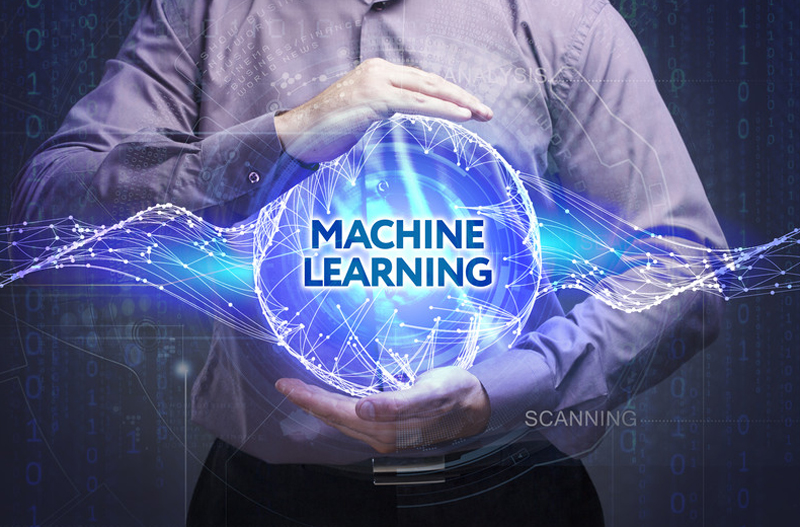Technology has established an indelible presence across all industrial sectors, bringing numerous benefits along with it. Even solutions such as medical transcription services have witnessed innovative changes such as the HL7 interface that enables seamless integration with the physician’s EHR. Technologies such as voice recognition, patient portals, Health Information Exchange (HIE), Personal Health Records (PHR) etc have transformed the medical industry drastically facilitating improved quality patient care and outcome. Today, hospitals are turning to machine algorithms to fight fatal diseases.

Clostridium difficile (C-diff) is a deadly bacterium that flourishes in hospitals and spreads via physical contact with infected people or objects. A 2015 study published in the New England Journal of Medicine points out that more than 450,000 people in the United States are infected a year by this bacteria, resulting in 29,000 deaths. This disease cannot be controlled by monitoring hygiene and warning signs. However, a patient’s risk of developing C-diff can be controlled using an algorithm that has been created based on machine learning. Erica Shenoy, an infectious disease specialist at the Massachusetts General Hospital and Jenna Wiens, a computer scientist and assistant professor of Engineering at the University of Michigan developed this algorithm to predict a patient’s chances of developing C-diff (CDI) infection. This algorithm is still in its experimental phase but both researchers believe that using the patient’s vital signs information and other health records, this algorithm may be able to predict his/her risk of developing this disease, and thereby control it. The researchers are trying to integrate this innovation into hospitals.
According to Zeeshan Syed, Stanford University’s Clinical Interference and Algorithms Program director, machine learning’s predictive powers are well recognized and it can be moved from labs to broad real-world applications.
The CDI Algorithm analyzed a wide range of data sets from 374,000 inpatient admissions to the Massachusetts General Hospital and the University of Michigan Health System. The data included patient records and lab results to details such as which bed the patient was in, how many people near them have been infected and so on. With machine learning these data are analyzed and warning signs like circumstances and details of medical history etc are extracted; and these details can help minimize the chances of being infected by the deadly disease.
In the healthcare industry artificial intelligence and machine learning is expected to first impact radiology and pathology. Machine learning programs would enable easy handling and analyzing of images like X-rays, MRI, PET and CT scans. Machine learning can now diagnose various types of cancer using photographs and also predict the risk of seizures.
Google research scientist Lily Peng developed a machine learning algorithm to identify a patient’s risk of diabetic retinopathy (DR) fromretinal scan. DR is a common side effect of diabetes which is often ignored. This innovation was developed due to increasing rate of DR. The rate of diabetes is expected to increase from 126.6 million in 2011 to 191 million in 2030, an increase of 51 percent. Peng’s team collected 128,000 retinal scans from various hospitals across India and the US and with a team of 54 ophthalmologists the scans were graded on a 5 point scale. Each image was reviewed by multiple doctors to balance individual differences of interpretation. The algorithm was trained on an initial data set with the diagnoses, and then tested on another set of data. There, the algorithm slightly outperformed the collective performance of the ophthalmologists. Now a group of Indian hospitals is testing this algorithm. The algorithm makes the results of scan images available immediately and a patient can be referred to treatment.
Heart failure is one of the most common causes of death in the US. Walter “Buzz” Stewart, vice president and chief officer at Sutter Health collaborated on various studies to address this problem. One such study done along with GeorgiaTech computer scientist Jimeng Sun helps to predict if a patient will have heart failure within 6 months based on 12to 18 months of outpatient medical records. These tools will help doctors provide customized healthcare. With algorithms helping to anticipate early stages of conditions like heart failure, doctors will be able to customize treatments for the patients depending on their unique circumstances.
Machine learning helps to improve treatment and diagnosis options. It is transforming the healthcare industry and changing the way doctors think about providing patient care and save lives. Healthcare will become increasingly data driven, and an increasing amount of data will be used to predict and treat various health conditions. Medical transcription companies providing EHR-integrated transcription have a significant role to play when it comes to compiling valuable data. The challenge in any data-driven research lies in ensuring that the data obtained is accurate and actionable. Data collected from various sources may vary by institution and that could affect what machine algorithms learn. An algorithm developed with data from one hospital/health system may not work well for another. Researchers will have to develop algorithms that can work across diverse healthcare systems.


